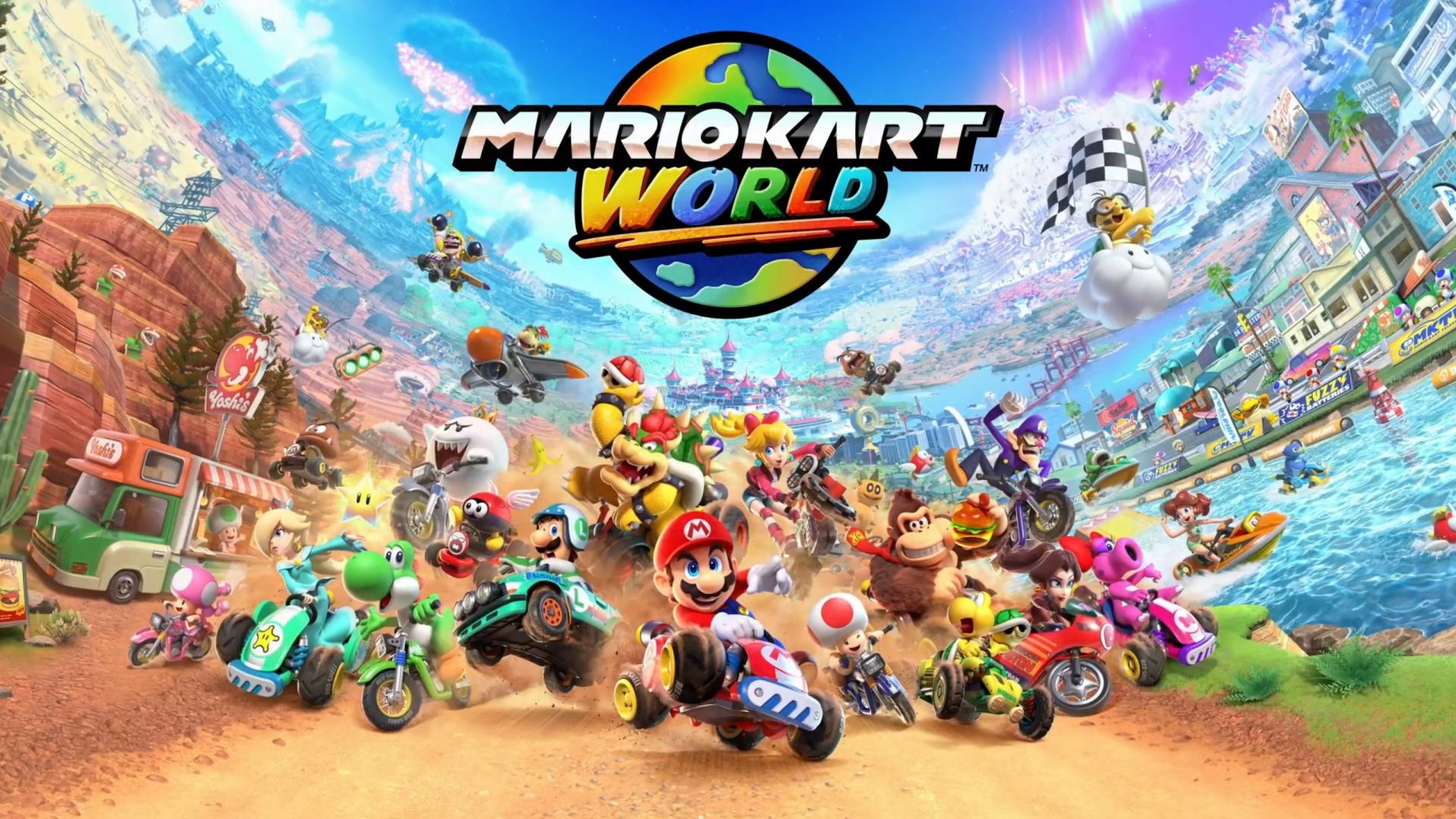With Mario Kart 8 being one of the best-selling games of all time, it makes perfect sense for a new entry in the series to be the launch title for Nintendo’s shiny new system. In fact, many would argue that it is long overdue, as Mario Kart 8 has been an enduring force through two console lifespans, with the original on Wii U and Deluxe on Switch. Whilst the game continued to expand with eleven years’ worth of additional content, including the Booster Course Pass, none of it felt truly innovative. However, with the release of the Nintendo Switch 2, Nintendo had the opportunity to begin a new chapter with the series, and Mario Kart World set out to do exactly that. Let’s discuss whether Mario Kart World can be reasonably expected to Power Slide its way into first place, or if it takes a Blue Shell to the face long before the finish line.
Mario Kart World certainly isn’t lacking in ambition, and is keen to provide players with as much choice as possible. It features the biggest roster at launch in the series to date, with 50 different characters available. This includes the core Mario cast, but also some more unusual NPCs and creatures such as Stingby, Coin Coffer, and the heavily memed and advertised Cow, injecting some much-needed variety into the series and giving players some fun new options to consider. Despite this however, there are some notable absences, including Diddy Kong and the Koopalings, which makes it feel somewhat incomplete at present. Character costumes, which are unlocked by consuming Dash Food pickups throughout the world, are also given their own individual portrait on the selection screen, which makes it steadily more cumbersome to navigate as you continue to unlock them.
To go alongside this, there are a total of 30 unique tracks in the game, with Peach Stadium and Crown City featuring twice with slightly different runs, depending on the Grand Prix selected. Most of these are available immediately, although you’ll need to play through each Grand Prix to unlock the final set of tracks, including the traditionally included Rainbow Road. If you’ve ever played a Mario Kart game before, you are sure to be familiar with at least one of the tracks in Mario Kart World, as many are remakes from previous titles in the series. All are expertly crafted and lovingly detailed, featuring some fantastic set pieces and obstacles to avoid. As you compete with other racers, you’ll be: driving into oncoming traffic, avoiding enemies, using items, and navigating terrain that will slow you down, or worse, knock you out entirely and force Lakitu to fish you out and back onto the track. Tracks often blend seamlessly together as you’ll need to drive from one to the next, creating a slight lull in the action at times, but never anything that is too distracting for very long.
Adding to the frantic and obstacle-ridden nature of the tracks is an increased capacity in combatants: up to 24 racers can now take part in a single race, which often transforms them into a chaotic melee, especially in online play. This can occasionally be off-putting, as a badly-timed Blue Shell from someone at the very back of the race can easily upset your lead, but it adds an element of unpredictability that creates a more level playing field for less skilled players. With that being said though, the Blue Shell can now be more easily dodged, as the window for using a boost mushroom has been increased. The increased racer count perfectly complements the new Knockout Tour mode, which sees you racing across multiple tracks that are seamlessly blended together, with the bottom contestants eliminated from the race with each successive checkpoint passed, until only the top few are remaining.
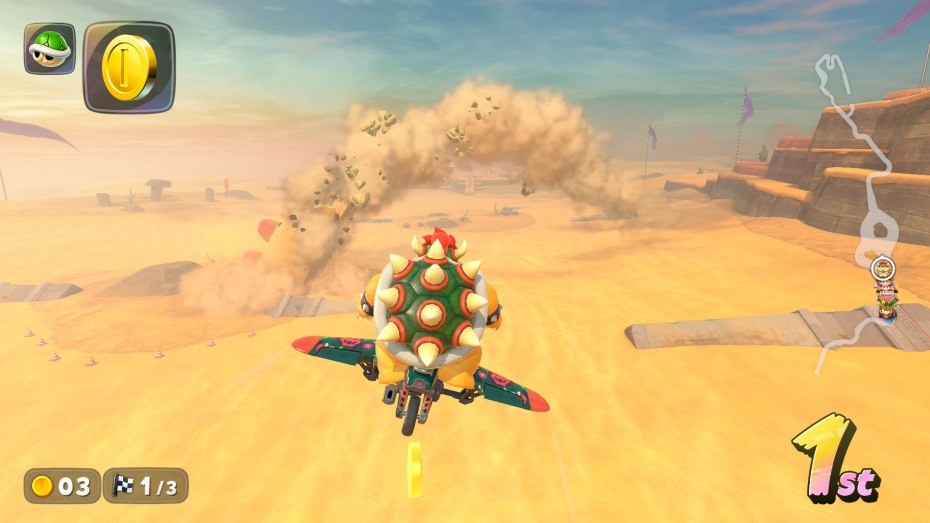
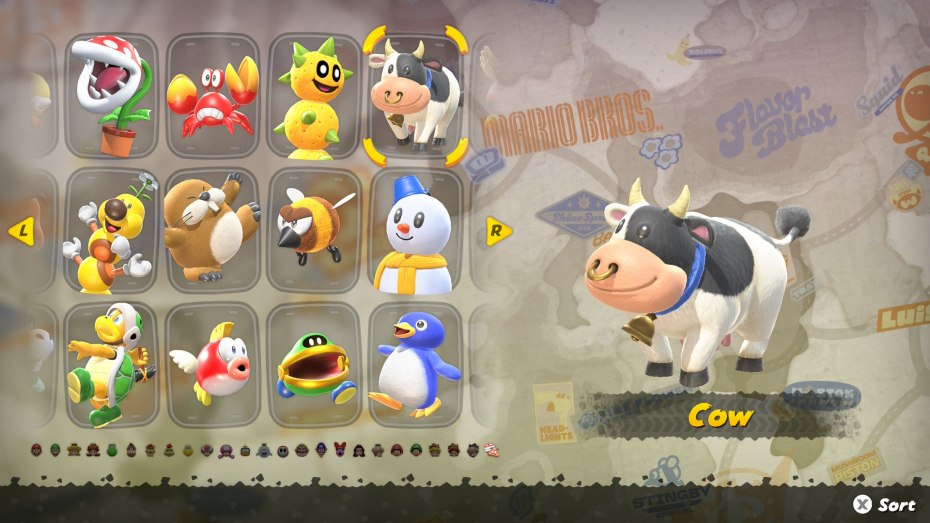
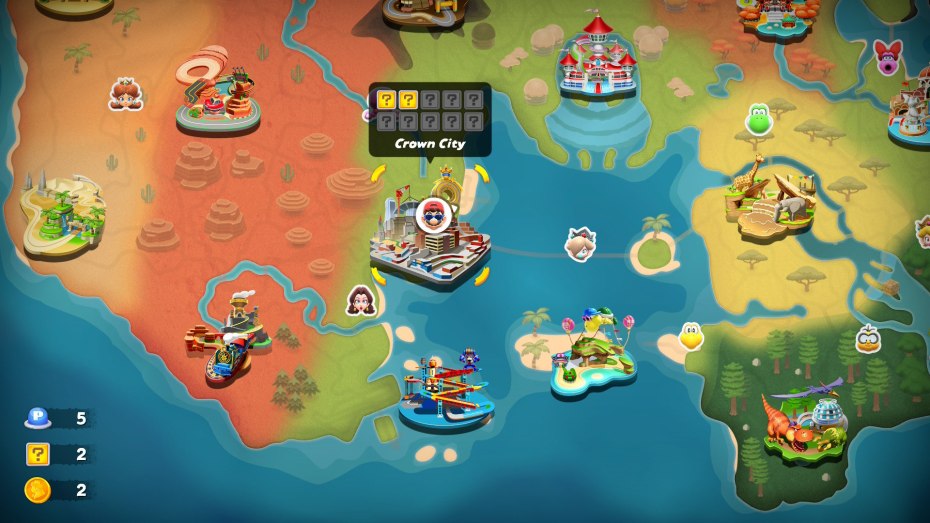
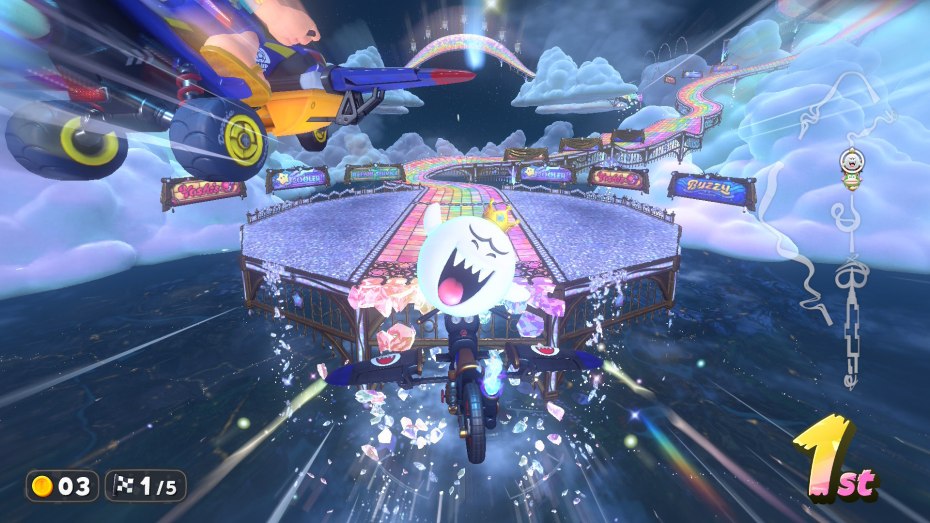
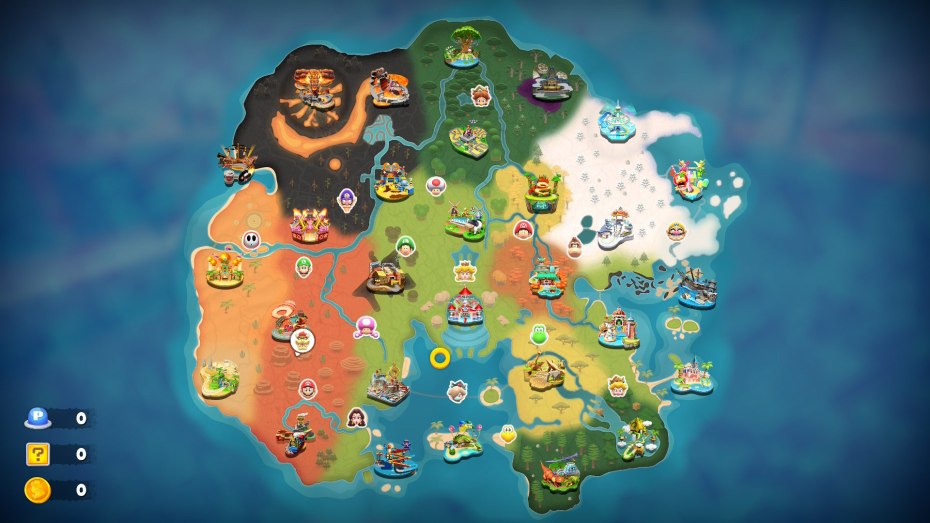
Success or failure at higher CC difficulties (you can choose between 50cc, 100cc, and 150cc, while the controversially fast 200cc from Mario Kart 8 and Mario Kart Tour is unfortunately nowhere to be found) and against other players is often determined by how well you know the track, your ability to exploit shortcuts to cut out parts of it, and to perform tricks at every opportunity to get whatever small boosts of speed that you can to stay a few inches ahead. Although only two new items (the Coin Shell, which as you might guess is a golden shell that leaves a trail of coins to pick up, and Kamek, who will transform every racer into a random creature) have been added to Mario Kart World, the way in which players can approach traversal has been expanded quite significantly.
You can now perform a Charge Jump by initiating a drift while driving forward, and doing this while facing a wall will allow you to perform a Wall Ride. This adds a level of verticality to tracks that transforms them completely, adding entirely new dimensions, even to returning tracks, that will make them feel fresh to returning players who already know them inside and out from hours of play from previous games. Most of the game’s tracks have multiple routes and shortcuts with no clear “right” answer to shave off the most distance to the finish line, encouraging creativity and experimentation.
This high skill ceiling and need to learn the ins-and-outs of tracks is also what makes the newly added Rewind feature such a great quality-of-life addition to Mario Kart World. Holding the down button on the left Joy-Con 2 will reverse your vehicle’s motion, returning it to an earlier position. This Rewind feature doesn’t work on other racers, or while playing in multiplayer modes, but in the event that you miss a jump or a turning point during solo races, you’ll be able to immediately Rewind to attempt it again, saving you from running the entire track repeatedly to learn a single part of it. For newcomers to the series the option for Smart Steering is available to help guide them along the intended path, and returning players who do not care for this feature should be advised that they will need to manually disable it from the options menu, as it is once again enabled by default.
The biggest defining new feature of the game is Free Roam, which allows you to drive across a large map which connects the various tracks together in a way that feels seamless and natural. Nintendo has studiously avoided describing this mode as an open world, with producer Kosuke Yabuki stating that it is “just a little bit too ambiguously defined” to be applicable, although it features a lot of the hallmarks of this style of gameplay. It does lack the ambitious nature of the likes of Breath of the Wild, but there are plenty of small details and references to the Mario series as a whole that fans will delight in uncovering.

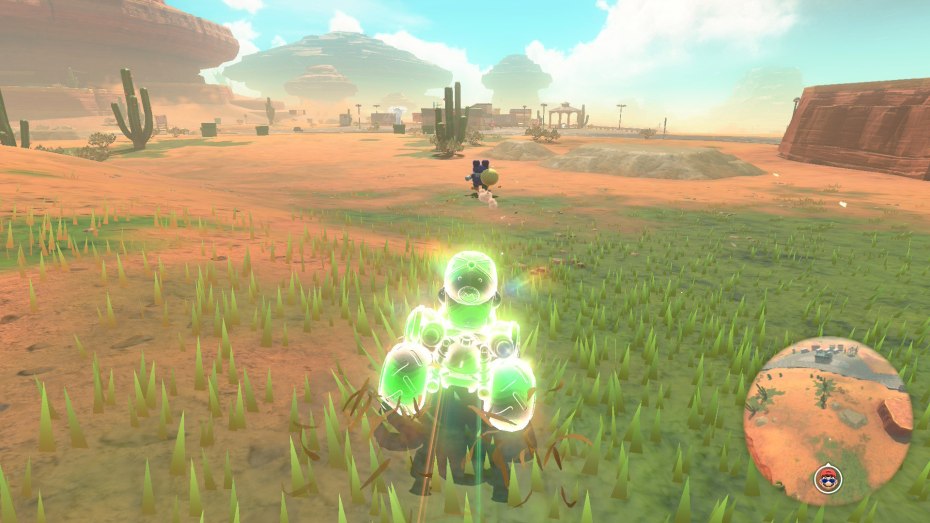
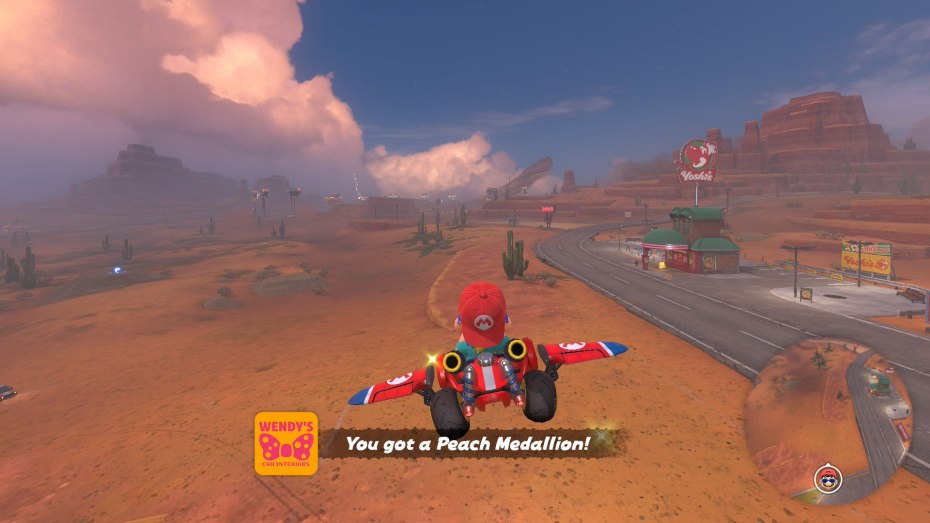
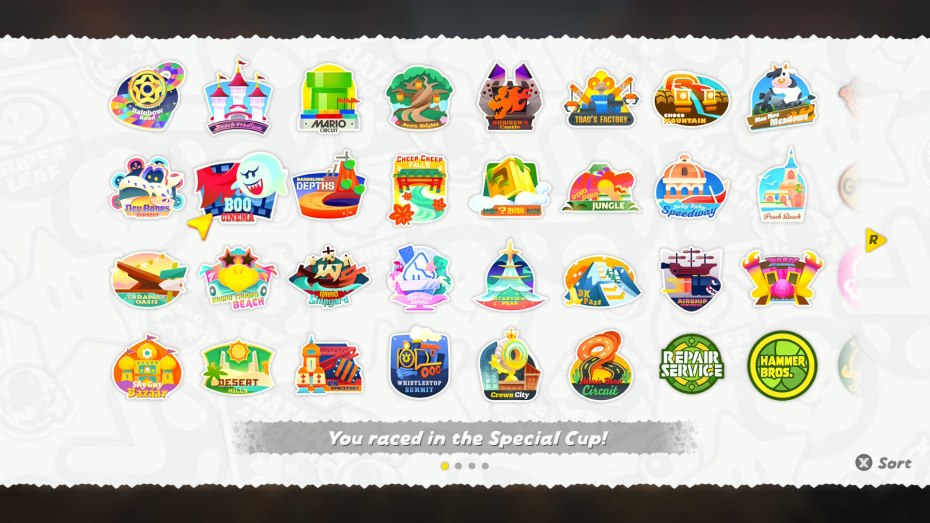

Peach Medallions and “?” panels are cleverly hidden across the map to find, although the biggest draw to Free Roam is definitely the blue P-Switches, which activate short time-trials for the player to complete. Although the rewards for completing these challenges is quite unsatisfying, being merely additional stickers to customise your chosen kart, there is a tremendous amount of variety and creativity to the tasks. Each one tests your mastery of the game’s various traversal tricks, with the option to retry immediately if you fail to succeed, removing the frustration of needing to drive all the way back to restart. This is a nice break from the frenzy of online multiplayer and the more structured gameplay options, and gives players some space to practice, as well as something more engaging than a loading screen or lobby to stare at whilst waiting for online matches to start.
Unfortunately, Free Roam can be quite difficult to navigate at times, as it lacks a more detailed minimap in the top corner of the screen that has become a staple for open world titles over the years. Instead, you’re only given a map that offers a small view of your immediate surroundings with no markers to note points of interest, and there is also no way to track your completion rate for each area; you are only able to see how many Medallions you’ve discovered and P-Switch challenges you’ve cleared in the overworld map screen, and the number of ? panels that you’ve driven over in each area. For completionists looking to uncover everything Free Roam has to offer, this presents a frustrating dilemma, and those hoping to jump into this mode with their friends in local co-op will also be disappointed by the lack of split-screen play here.
Mario fans, whether diehard or casual, will undoubtedly recognise some of the music in Mario Kart World, as the game features an absolutely impressive and highly comprehensive selection of remixed and live-recorded melodies from across the entire series, making each track, both music track and race track, a feast for the ears as well as the eyes. There are over 200 songs featured in the game, and while there isn’t a way to turn off the music like there is in Smash Ultimate, there’s a good chance you won’t want to anyway. That Mario charm that we have come to know and love is on full display here, and in many ways Mario Kart World feels like a celebration and a tour of the series as a whole, and the music is no exception. We can only hope the soundtrack eventually makes its way over to the Nintendo Music app for convenient listening.
Already off to a promising start, Mario Kart World is a game that could become nearly perfect with possible post-launch support filling out some of the gaps in its roster and track list. As it stands though, fantastic multiplayer options, new traversal mechanics which invites veterans to approach classic tracks in new and creative ways without excluding newcomers, and the kind of stellar presentation we’ve come to expect from first-party Nintendo titles, makes this an excellent choice as a launch title for Nintendo Switch 2. An innovative and exciting step forward for the series, Mario Kart World is a gold shell of a good time.
8.5/10
A copy of Mario Kart World for review purposes was provided by Nintendo UK.
